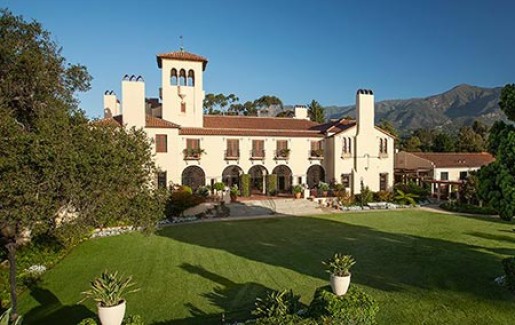Fierce Flash Flooding Hits Assisted Living Home
Investigation leads to a hidden culprit in disaster
In the dark hours before dawn on January 9, 2018, a sudden burst of torrential rain hit the town of Montecito in Southern California, dumping half an inch of water within five minutes.
… The December Thomas fire and subsequent January 9th debris flow was a devastating blow to Casa Dorinda and Montecito as a whole. As part of rebuilding from these events, we are pleased with the outcome and settlement The Greenspan Co./Adjusters International helped to orchestrate [with our insurance carrier]. There is no question [that] we would not have been as successful without The Greenspan Co./Adjusters International's involvement. …
Description
In the dark hours before dawn on January 9, 2018, a sudden burst of torrential rain hit the town of Montecito in Southern California, dumping half an inch of water within five minutes. The area had already faced two days of heavy rains. The sudden deluge brought mountain water cascading down ravines along with deadly mud and boulders, which hit the edges of the sleeping town below, tragically causing 23 fatalities and much damage to buildings.
One of the structures damaged was Casa Dorinda, a large assisted-living facility. Fortunately, none of the home’s residents were hurt. However, Casa Dorinda’s luck ran out when its insurance company denied its claim. After receiving the bad news, the facility’s executive team turned to The Greenspan Co./Adjusters International to handle its claim.
Issues
The insurance company denied Casa Dorinda’s claim because the facility’s policy excluded damage caused by floodwaters. Since the damage resulted from a flash flood, the insurance company refused to pay the claim. That left the facility in a bind because it needed to repair the damage quickly to minimize the disruption to its elderly residents.
Solutions Applied
An investigative team from The Greenspan Co./Adjusters International got to work and quickly realized that a previous insured catastrophe was directly responsible for the damage caused to Casa Dorinda’s facilities. A month earlier, a major wildfire known as the Thomas Fire had devastated Southern California and burned over 281,893 acres, including the mountainous area above Montecito.
The experts from The Greenspan Co./Adjusters International proved that the fire’s wholesale destruction of vegetation in the mountains above Montecito rendered the landscape vulnerable to the heavy rains. The fire transformed the organic soil to ash and char and created a water repellent layer, which led to increased runoff. Since the charred soil was no longer anchored down by roots, it was susceptible to erosion, and the runoff carried the soil away, which contributed to the cascading debris flow that hit and damaged the facility.
Outcome
The Greenspan Co./Adjusters International’s investigation tied the damage suffered by Casa Dorinda directly to the fire, concluding that the assisted living facility’s insurance policy should cover the loss. It argued that the debris flow would not have occurred under normal circumstances. As a direct result of the investigation, Casa Dorinda’s insurance company reversed its decision and approved the payout for the loss.

